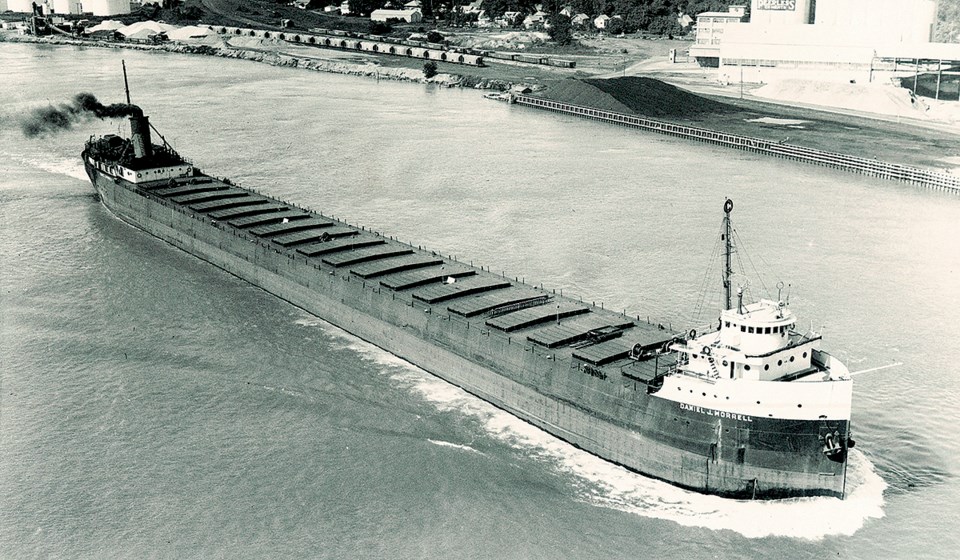 The ferocity of Great Lakes storms is well known to those of us living beside Lake Huron.
The ferocity of Great Lakes storms is well known to those of us living beside Lake Huron.
Canadian songwriter Gordon Lightfoot, in writing “The Wreck of the Edmund Fitzgerald,” warned what can happen “when the skies of November turn gloomy.” More than a century ago, the November cyclone known as the “Great Storm of 1913” added 12 more to the estimated 6,000 shipwrecks in the Great Lakes.
The SS Daniel J. Morrell, like the Edmund Fitzgerald, was a victim of one of those “gales of November.” Though she lacks the notoriety of the ship popularized by Lightfoot, her own story is even stranger.
Built in Michigan and launched in 1906, the Daniel J. Morrell was for her time a massive bulk freighter – over 600 feet long and 7,239 gross registered tons. She and her sister ship, the Edward Y. Townsend, carried iron ore and other bulk cargo to and from Great Lakes ports for six decades.
But in the early morning hours of Nov. 29, 1966, both vessels were making their final run of the season when a horrific winter storm ripped across Lake Huron. Fierce and biting winds up to 110 km/hr generated rolling swells of seven metres (23 feet), striking terror into the Morrell’s 29-man crew.
While the Townsend raced for the shelter of Sarnia Bay, the Morrell drove for Thunder Bay.
The Townsend found refuge; the Morrell did not.
As crewmembers dove to their death in the freezing waters or climbed into a life raft at her bow, the Daniel J. Morrell literally snapped in two and foundered in 220 feet of water.
As men on the bow strained to see through the storm, they spotted what they thought was another ship coming at them. It turned out to be the back half of their own ravaged vessel, moving “like a great wounded beast with its head shot off,” as one writer described it.
The lone survivor spent 40 hours clinging to a raft before being rescued.
But the Edward Y. Townsend had not arrived in Sarnia Bay unscathed. A massive crack that appeared in her deck grew worse and she was eventually declared unseaworthy and dry-docked.
In October of 1968, while being towed to European scrapyards, she also broke in two during a storm off the coast of Newfoundland, sinking in the vicinity of the wreck of the Titanic.
Two doomed sister ships – both broken in two, and both lying today in watery graves: one at the bottom of Lake Huron, the other on the floor of the Atlantic Ocean.
